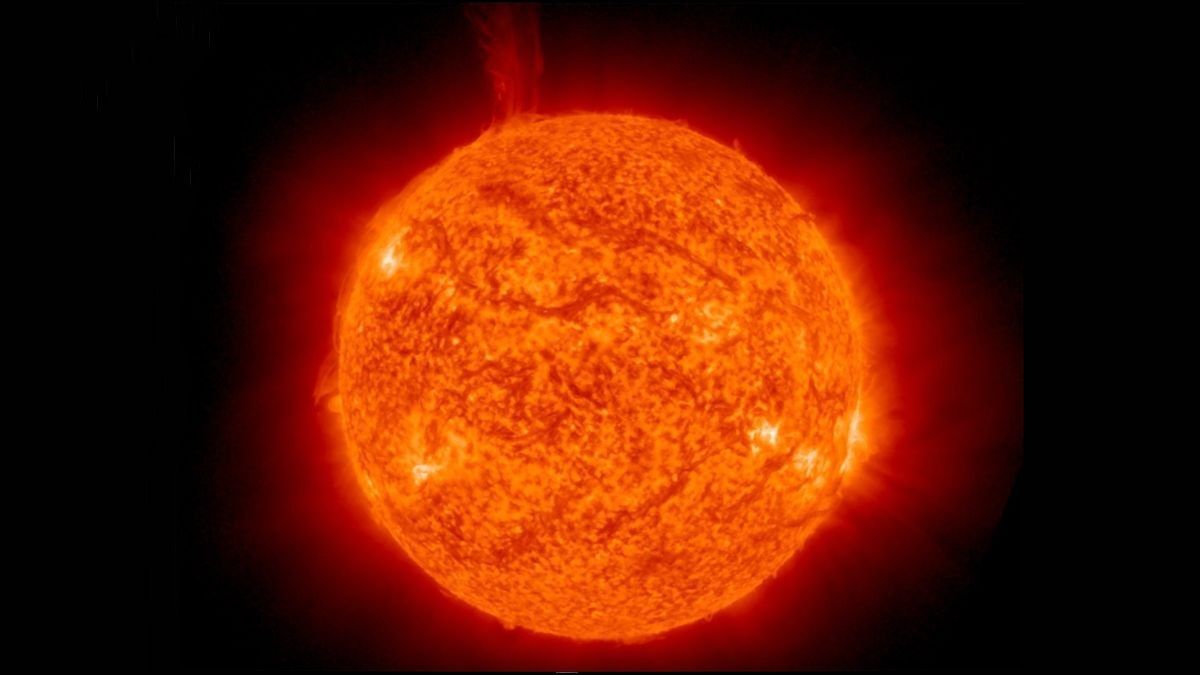Videos posted to Twitter…. No thanks.
What would happen if that blast were to hit Earth directly? I imagine we would be pretty fucked.
https://en.wikipedia.org/wiki/Carrington_Event?wprov=sfla1
We’d have to touch grass. :( jk (kind of), but it’ll be super nasty though.
This is the best summary I could come up with:
The Solar Ultraviolet Imager on the U.S. National Oceanic and Atmospheric Administration’s (NOAA) GOES-16 satellite snapped a photo of the sun with a trail of material spewing from near the north pole region.
CMEs originate from sunspots, which are dark areas on the surface of the sun where powerful magnetic field lines often tangle, cross and reorganize, causing a sudden explosion of energy.
The high-speed energy released after the Nov. 15 CME caused temperature variations along the sun’s magnetic field lines, European Space Agency (ESA) officials said on X (formally known as Twitter).
The sun-watching SOHO satellite, a joint effort of ESA and NASA, monitors the effects of space weather on our planet and helps researchers forecast potentially dangerous solar storms.
However, SOHO captured a stunning video of the CME showing a bright bulbous plume, followed by a rush of mass through its center, resembling the filament in a light bulb.
When operational, Vigil will help prepare for and protect against solar storms that not only pose a threat to power lines on Earth but also astronauts and spacecraft in orbit, ESA officials say.
The original article contains 499 words, the summary contains 184 words. Saved 63%. I’m a bot and I’m open source!



